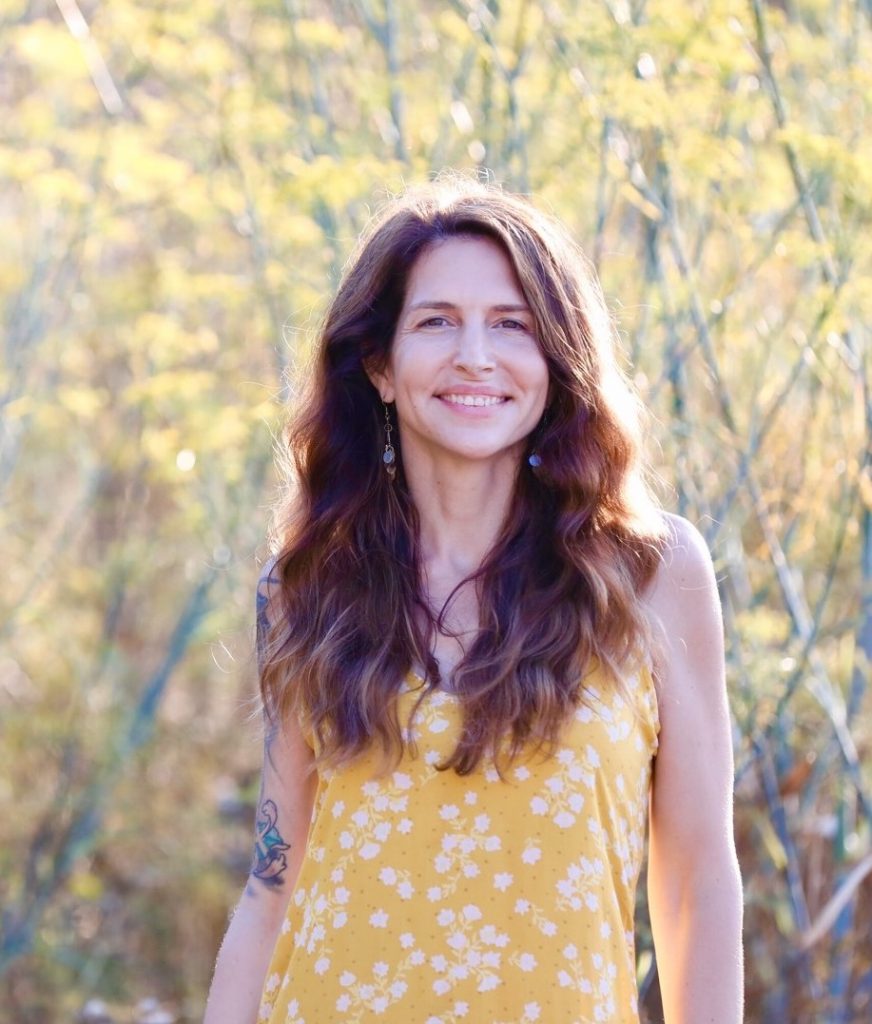One key to being more empowered in our life is self-acceptance—truly embracing all of ourselves, both the good and the not-so-good. When we embrace all of who we are, when we\’re willing to move into a place of true acceptance, it eliminates a lot of confusion. It limits the other challenges that arise when we\’re trying to be something else by adjusting ourselves to the external in an unproductive way. But accepting ourselves, as you likely know, is, is no small feat. It would be great if it were as easy as saying, “I accept myself completely.”
And in a way, there\’s an aspect of self-acceptance that is just that simple. We make a choice at some point in time to fully accept who we are. However, the path to that moment can be quite long. On this path, we learn about the many different ways in which we\’ve been conditioned to think that we need to act, behave, and feel differently than is really right for us. This kind of conditioning usually starts quite early in our lives. And, depending on what we have experienced, some of us have received excessive doses of it. For example, minority cultures experience this type of conditioning to an extreme.
However, all of us to some extent have received a message that who we are would be better if it were adjusted in some way. We experience this rather than the more supportive experience of being affirmed, and we need to expunge it. We instead need to find ways to appreciate who we are and what it is that we are bringing forward—naturally and intrinsically.
There is a lot to do to learn how to fully accept ourselves. For today, I will offer one simple tool to help you on this path to self-acceptance—look at the other side of the parts of yourself that you are being told should be adjusted. If you have a flaw or something that you think has been problematic for you in your life, examine how it is also a benefit to you. You can see the strength that\’s on the other side. All strengths have weaknesses, all weaknesses have strengths. So when you do you take a look at some aspect of yourself that you thought was your biggest problem and you start to see how it actually might serve you in other aspects of your life, you will begin to see that context plays a large role in whether or not this part of you is in fact a challenge or a gift.
If it is challenging to see how it might be of benefit, imagine situations where it might serve you. In other words, employ some creative thinking—explore how and when this aspect of yourself might be a powerful ally. Then you can start to consciously use these aspects more and more productively in different areas of your life.
As you do this, you will find that it is naturally healing. It breaks through the belief that these things about us are wrong and need to be fixed. It shows us that no matter what they are, even our most challenging traits have some productive uses. This helps us accept ourselves in a deeper way. This self-acceptance then helps us grow our sense of empowerment.
For more about trusting yourself and your empowerment take a look at my article >>> \”An Unstoppable Source for Your Personal Power.\”

